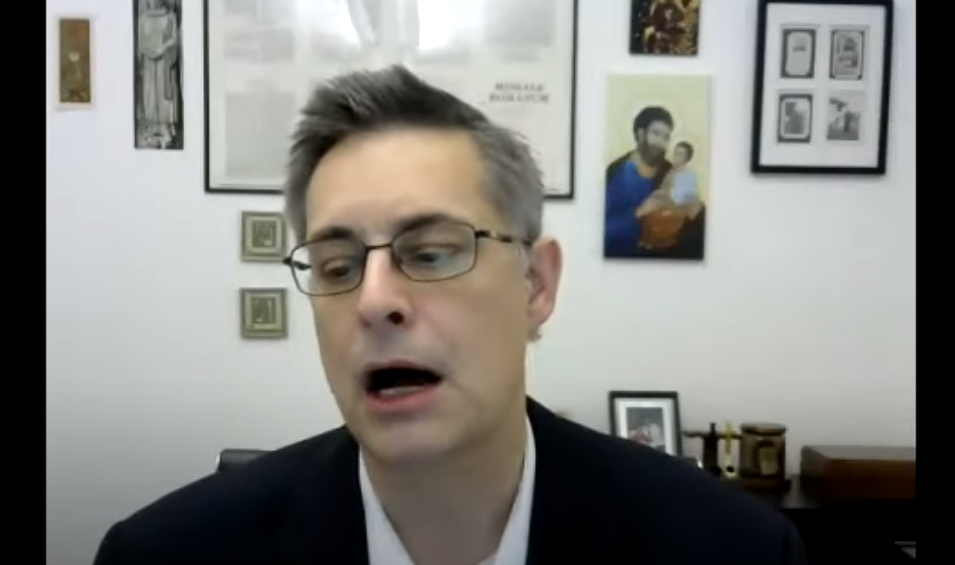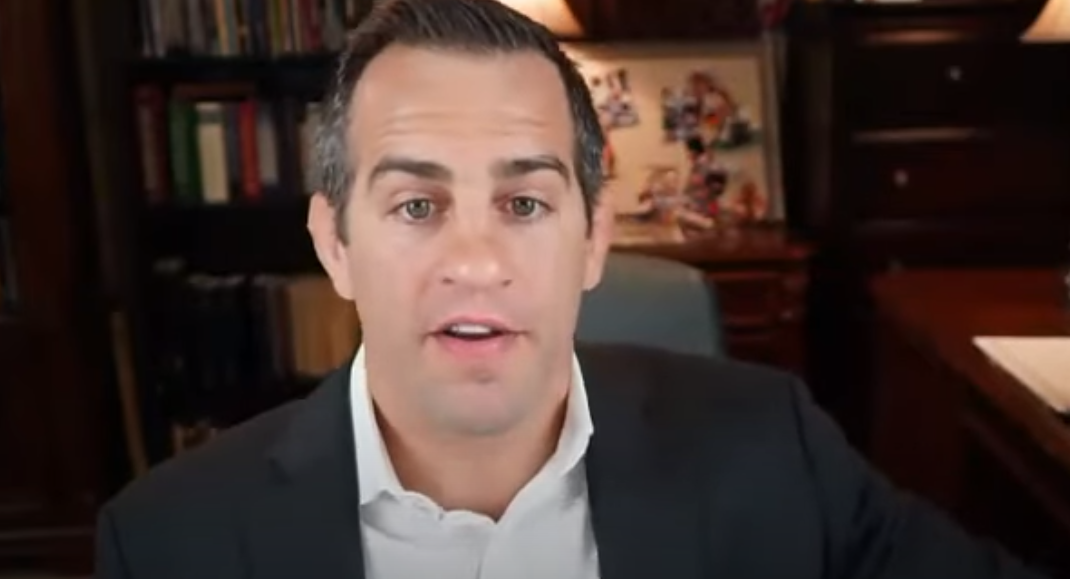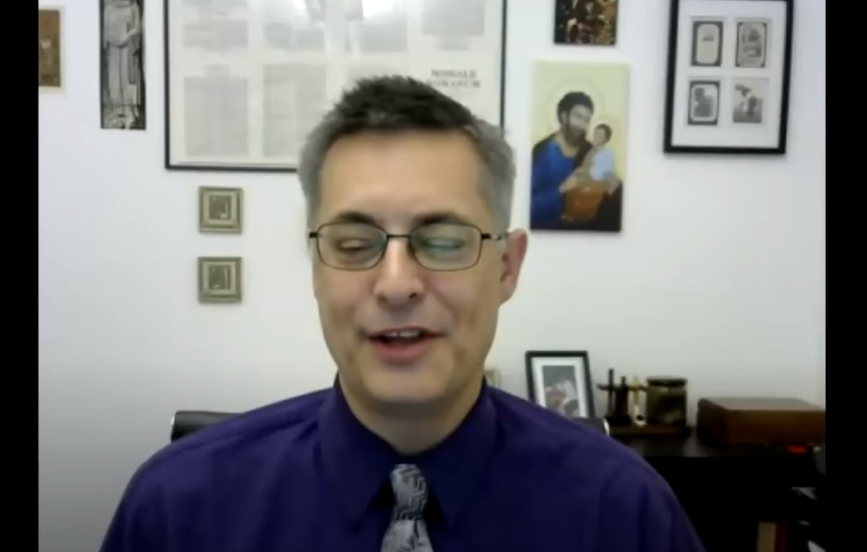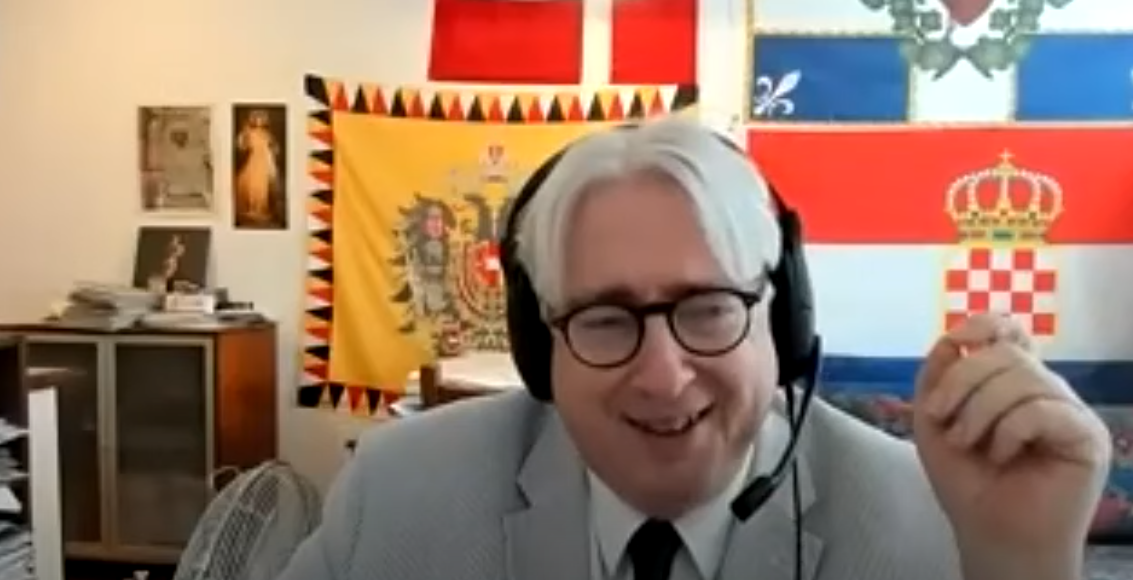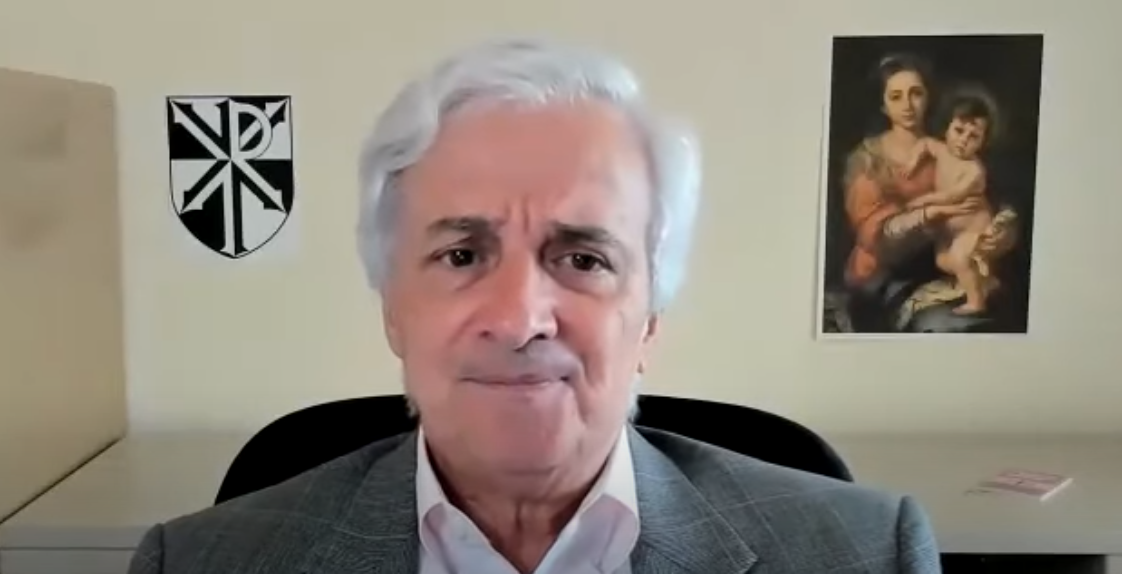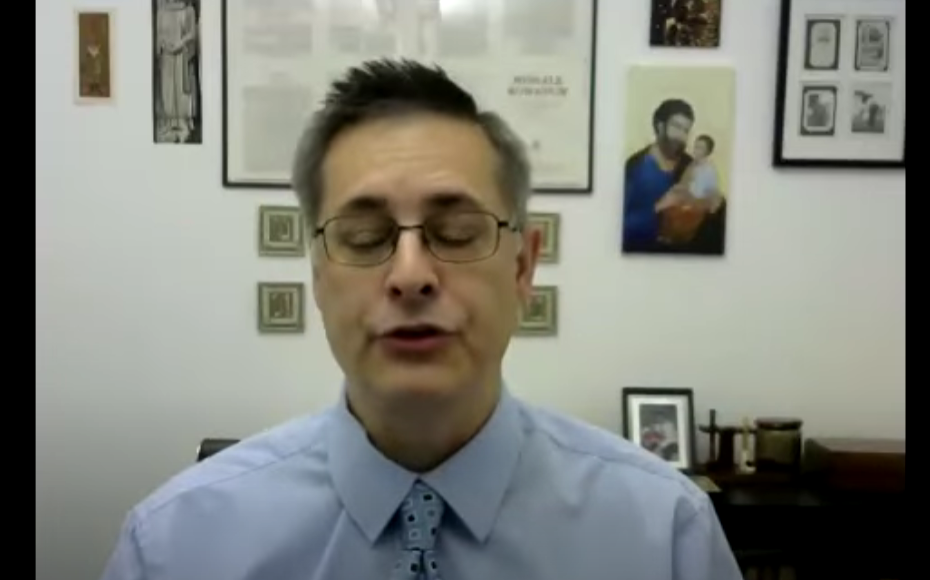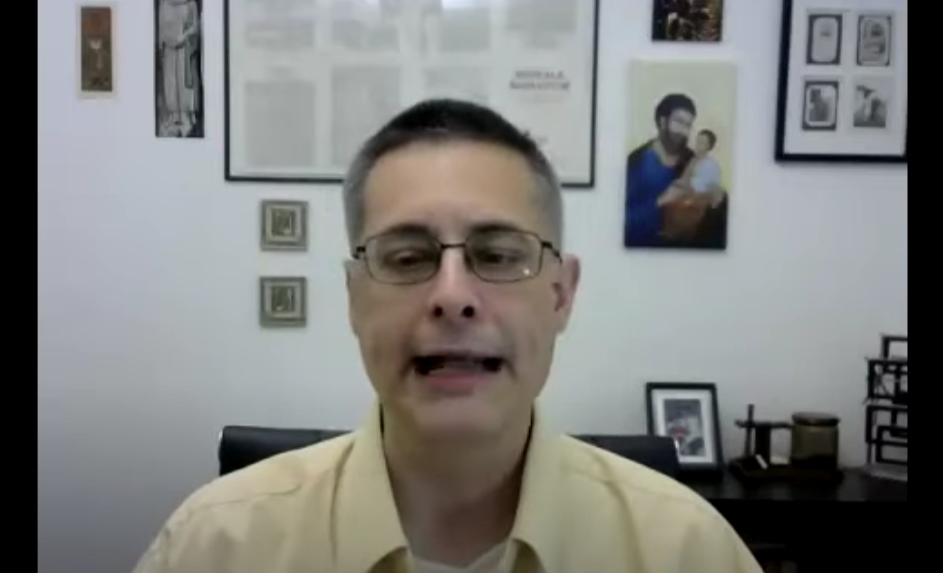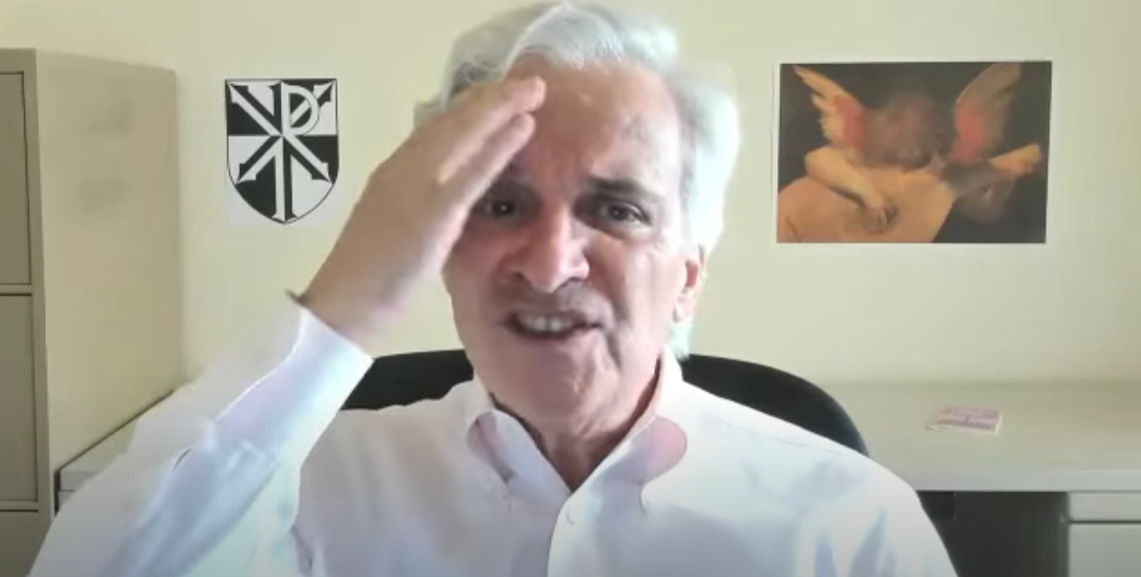Our Lady of Fatima didn’t just have instructions for the Pope and the Bishops, she had instructions for you, too! In today’s episode, Gene Zannetti joins us to talk about: -The creation and mission of the Blue Army -What we are called to do -The Sabbatine privilege And of course, much more.
It’s still Christmas! Don’t take down your tree with Louis Tofari on Episode 39 WTT
On this episode, Louis Tofari of Romanitas Press joins us to talk about Christmas, and specifically, the Octave. Inside you’ll learn: -The true date of Christmas -When you can take your tree down -When Christmas really ends And much more, including how to handle Eastern Catholics who tell you their liturgy, priests and calendar is better. Share with your friends and family!
Public and Private Revelation: Your Duties and Obligations with Gene Zannetti
Join Gene Zannetti and Jeff Cassman for a fascinating conversation about public and private revelation. -What’s the difference between public and private revelation? -When is private revelation binding on us? -What are the consequences of ignoring private revelation? And much more. Join us for a great discussion.
Are there any rules for how we should treat Our Lord’s Body? Louis Tofari joins WtT Episode 37
Louis Tofari of Romanitas Press joins us to talk about: -Rules for how the Eucharist should be handled -Whether plastic totes from Home Depot can be used as a tabernacle -How most priests (even traditional ones) are failing to follow the rules governing the treatment of Our Lord’s body And much more.
Catholicism, the State, the King and More – Charles Coloumbe joins Welcome to Tradition Ep 36
The coronation of King Charles III and the rapid deterioration of American society raise some questions for Catholics who are concerned with their relationship with the state. In this episode, Charles Coloumbe takes us on a fascinating journey through history and answers a lot of questions, including: -Is King Charles a crypto-Catholic? -Have the Freemasons fulfilled their mission? -Who is the true enemy of the Church today? And makes some interesting observations, including: -The virtue Americans tend to lack. -The three legitimate forms of government -The arch heretics and schismatics of the post-reformation.
Real vs False Fraternal Correction – Welcome to Tradition Episode 35
Who is called to administer fraternal correction? When should you offer correction to someone? Are there people you should not offer correction to? Is it possible to sin while offering someone correction? We will answer these questions and look deeply into this important, but often ignored topic. If you’re on social media, this is a particularly relevant topic! Join us!
Is the Freestanding Altar a Modernist Invention? Louis Tofari Joins Welcome to Tradition, Ep 34
The Immaculata Church in St Mary’s, Kansas received a lot of criticism at it’s grand opening when some laity noticed the freestanding altar.
Louis Tofari joins us today to answer some important questions: -When did the freestanding altar come about? -What is the origin of the gothic-style altars most Americans are familiar with? -Is the freestanding altar designed with ‘versus populum’ in mind? -Is it wrong to have the tabernacle detached from the altar…or in another place altogether? And as always when Louis joins us, there’s a lot more you’ll learn about the liturgy, the faith, the eucharistic sacrifice and our traditions. From Rome to Saint Mary’s, Nashville to Buenos Aires, we cover a lot of ground.
Will Sister Wilhemina’s Body Really Save the World? Louis Tofari joins WtT – Episode 33
Some Catholics-even traditionalists-are proclaiming a miracle and alleging Sister Wilhemina Lancaster’s body is incorrupt. But is that true? And how has the Church traditionally responded to claims of miracles?
In this episode, Louis Tofari covers some important topics: -The process for evaluating claims of a miracle -The role of the local ordinary -The shocking pollution of the body and grounds by thousands of visitors -The possible motives for the disregard of Church laws and traditions in this situation And of course, much more. Join us for a sober but important discussion about Catholic customs, traditions and laws.
What Should Catholics think of Archbishop Lefebvre and the SSPX – Welcome to Tradition Episode 32
Kennedy Hall joins us today to talk about the controversial Society of Saint Pius X (SSPX) and their founder, French Archbishop Marcel Lefebvre.
Join us and discover: -The truth about Lefebvre and Vatican II -Which Pope called Lefebvre the most important Bishop of the 20th century -The truth about the secret, illicit ordinations by Cardinal Karol Wojtyla And of course, the plan for consecrating new Bishops. You can find Kennedy Hall on Twitter at / kennedyhall
Who Should Sing What at the TLM – Welcome to Tradition, Episode 31 with Jim de Piante
Should women sing at the TLM? Does the choir wear cassock and surplice? Should the laity sing the propers with the choir? Are religious sisters exempt from the rules? Why does the Priest recite the Pater Noster alone? Join us today and you’ll learn the answers to these questions and many more as we talk about music at the Traditional Latin Mass.

